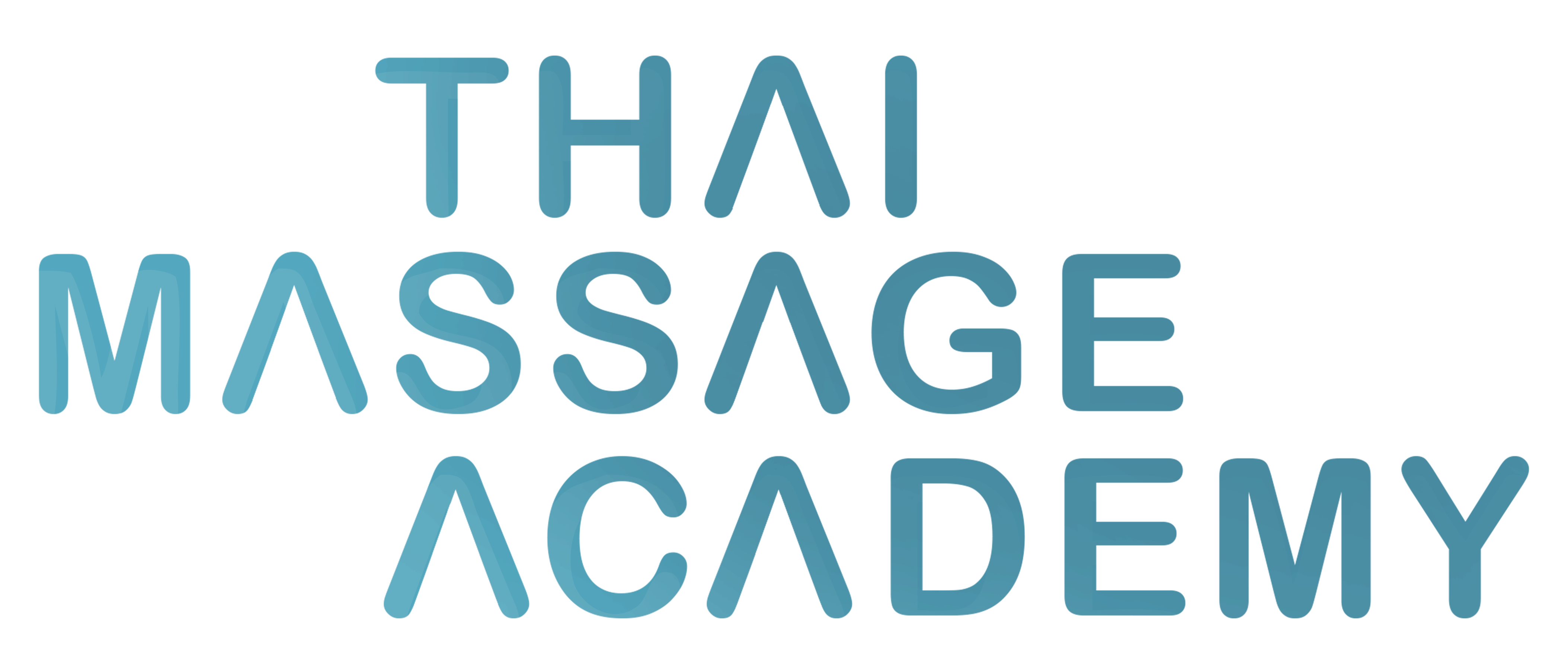TRAVELLING THROUGH THE LINEAGE
Osteopathy is a natural medicine and science with precise palpatory acts. The objective of
osteopathy is to restore mobility to each system in dysfunction/restriction in the human
organism. Restoring mobility to each system allows normal interrelationships between
systems. When normal anatomical and physiological relationships exist between systems,
there is health.
Magoun writes: “It lays down the proposition that the entire body if adequately
nourished, functions to maintain, repair and heal itself to the best advantage of its
structures and physiological functioning are in proper order.”
To achieve this primary objective, the manual practitioner of osteopathy treats the cause
of the
dysfunction, not the symptom. Therefore, osteopaths do not treat disease, but rather the
person who has a disease.
Osteopathy comes from the word osteome, which means structures of all living matter.
This includes bone, soft tissue, viscera, myofascia, veins, arteries, etc. Pathos is translated
as a profound emotion which needs to be expressed. Therefore, osteopathy is concerned
with the whole person, and how that person interacts with their internal and external
environments.
Osteopathy was discovered by Dr. Andrew Taylor Still
in1874. Dr. Still was a physician and surgeon who,
in1860, lost three children and several patients to a
meningitis epidemic. At that time, he discontinued his
practise of medicine for approximately ten years, and he
began to question traditional medical concepts and
treatment. It was through his extensive study of anatomy
and physiology of the human being that, in 1874, he
defined the basic concepts of osteopathy.
He studied the consequences of vertebral and
peripheral malalignment which provoked circulatory,
lymphatic, nervous, and venous disorders. He found that
by restoring both anatomical and physiological
relationships between the organism’s systems, the body
has the inherent ability to heal itself.
In 1892, Dr. Still founded the first osteopathic school in
Kirksville, U.S.A.

Dr. William Garner Sutherland, one of the most
talented of Dr. Still’s students, was the first to describe
the primary respiratory mechanism (PRM) foundation
of the Cranial Field. Dr. Sutherland studied the
mobility and interactions between tissue structures of
the body.

Dr. Martin Littlejohn, who trained as an osteopath in
the U.S.A. in 1918, established and founded the British
School of Osteopathy in London, England in 1918.
One of his main life mission became the influence of
the lines of gravity.
A student of Dr. Littlejohn, Dr. Denis Brooks, along with
several other American osteopaths, brought
osteopathy into Europe (France, Belgium, etc.).

Viola Frymann, a student of W. G. Sutherland, dedicated her
full life to the science of osteopathy and specialised in the
development of Pediatric Osteopathy. Together with Thomas
Schooley and Harold Magoun, brought Cranial Osteopathy to
Europe for the first time (early 1960’s).

In 1981, Philippe Druelle, a student of Dr. Fryman and Dr. Brooks, graduate of Atman
College of Osteopathy in France, brought osteopathy to Montreal and founded the
Collège des Etudes Osteopathique, where he continues to teach today. In May 1992, he
founded the Canadien College of Osteopathy in Toronto.



